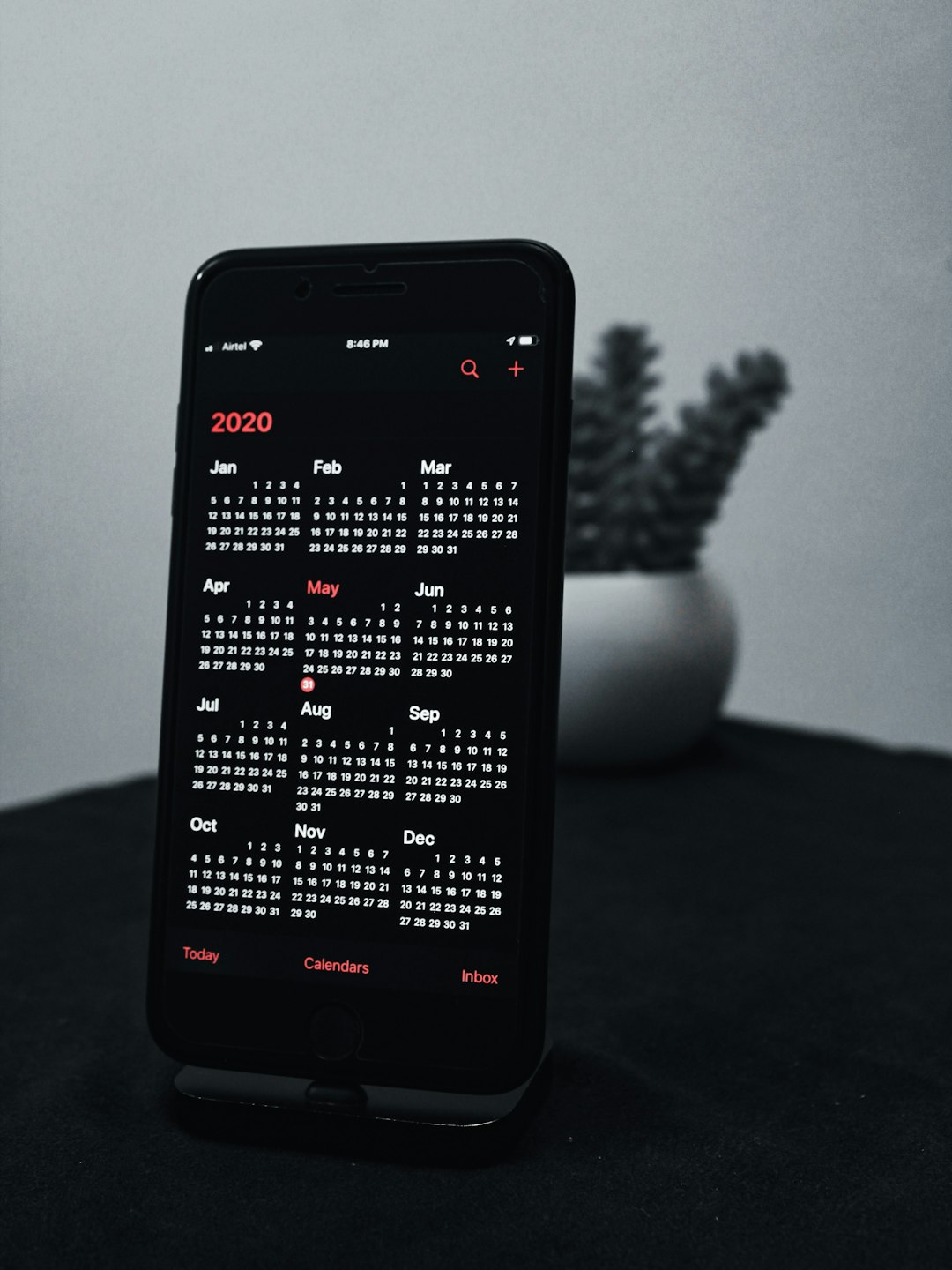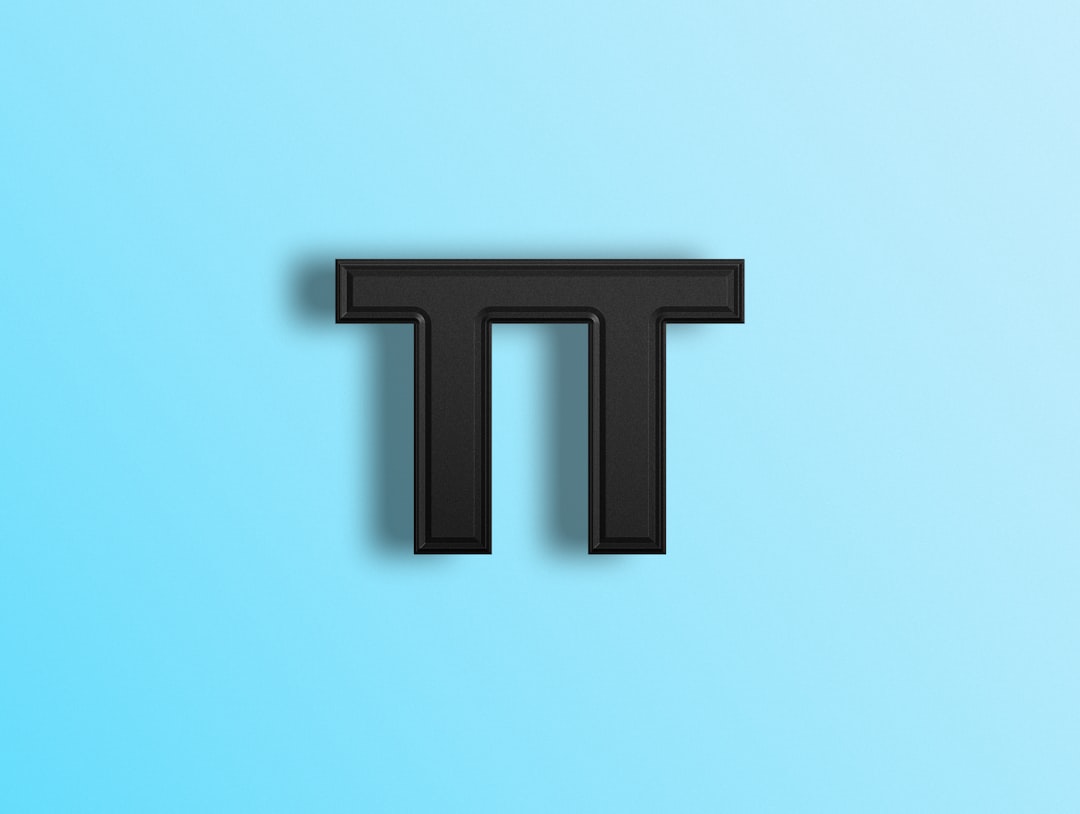In today’s fast-paced product design environment, speed and efficiency are more important than ever. The pressure to iterate rapidly while maintaining high-quality outputs has pushed UX/UI designers to seek intelligent tools that support their creative workflows. One such tool gaining tremendous attention is the Figma AI Beta. As Figma continues to lead the way in collaborative interface design, its integration of artificial intelligence marks a transformative leap forward for rapid prototyping and product development.
In this article, we’ll explore the benefits of using Figma AI Beta for rapid prototyping, highlighting how it enhances productivity, fosters creativity, and accelerates design decision-making.
What is Figma AI Beta?
Figma AI Beta is a new suite of AI-powered features embedded directly within the Figma design tool. It utilizes advanced machine learning models to assist designers with tasks ranging from design ideation and layout suggestions to automatic content generation and bug identification.
By integrating with familiar design workflows, Figma AI Beta minimizes friction, making the prototyping process more dynamic and responsive. This AI functionality works seamlessly with teams in real-time, keeping the collaborative spirit that Figma is known for alive and well.
Key Benefits of Using Figma AI Beta for Rapid Prototyping
1. Accelerated Design Iteration
Rapid prototyping relies on the ability to test and iterate multiple versions of a design in a short span of time. With Figma AI Beta, designers can instantly generate layout alternatives, refine visual elements, or duplicate interfaces with smart modifications based on contextual cues.
- Layout Suggestions: Figma AI can suggest variations for existing layouts by analyzing spacing, alignment, and visual hierarchy, helping designers explore new ideas without starting from scratch.
- Quick Duplication with Variation: Instead of manually adjusting every component, designers can create multiple, smartly differentiated versions of a prototype in seconds.
This dramatically cuts down design time and empowers teams to test different ideas earlier in the development cycle.
2. Content Generation for Realistic Mockups
One of the most time-consuming parts of early prototyping is filling in placeholder text or illustrative images. Figma AI Beta can auto-generate textual and visual content tailored to match the theme or tone you specify.
- Text Suggestions: From product descriptions to button labels, AI can create context-aware copy relevant to your industry or niche.
- Dynamic Image Mockups: Though Figma isn’t image-heavy by default, Figma AI can suggest visual references or image placeholders to enhance the feel of your UI concept.

This built-in intelligence removes the need for multiple third-party tools and keeps designers focused on crafting cohesive experiences.
3. Improved Collaboration & Feedback Loops
Figma’s real-time collaboration is already beloved in the design world. With AI added into the mix, shared projects become even more powerful. Figma AI Beta can help stakeholders visualize rough concepts faster, making meetings and feedback sessions more productive.
Comments and annotations benefit from intelligent summaries or design suggestions, allowing non-design team members like project managers or content writers to contribute meaningfully without requiring a design background.
Additionally, when feedback entails simple stylistic changes or layout adjustments, Figma AI can apply changes in real time, thereby speeding up the response cycle from discussion to implementation.
4. Time Savings on Repetitive Tasks
Designers often spend valuable hours performing repetitive tasks, such as aligning elements, maintaining spacing consistency, or naming layers and components. Figma AI Beta automates these aspects by intelligently applying best practices:
- Smart Grid Alignment: Ensures uniform spacing and distribution of components with minimal manual input.
- Auto-Naming Functions: Layers and frames are named based on content and purpose, keeping files tidy and easy to navigate.
- Pattern Recognition: Recognizes design patterns you use frequently and suggests ways to streamline or reuse them efficiently.
For design teams managing multiple pages or variations, these savings quickly add up, allowing more time for creativity and innovation.
5. Enhanced Creativity with Idea Generation
Sometimes, the hardest part of design is the beginning. Blank canvases can be intimidating. Figma AI Beta acts as a creative partner by generating layout prompts or visual direction based on minimal user input.
Just provide a simple description like “e-commerce product page for travel bags” and watch Figma AI create multiple design directions with varying styles, color palettes, and structures.

This jumpstart for creativity is particularly useful for freelancers, entrepreneurs, or lean teams needing inspiration or diverse mockups for client pitches and presentations.
6. Error Detection and Intelligent Suggestions
Design inconsistencies, such as misaligned buttons or missing text styles, often go unnoticed until late in the prototype stage. Figma AI Beta detects these issues and offers immediate solutions.
Designers receive smart alerts when components deviate from brand guidelines or accessibility standards. The AI even suggests improvements like increased color contrast, corrected padding, or improved font sizes for readability.
This ensures that prototypes are not only created quickly, but are also of consistently high quality and usability.
How Figma AI Beta Fits into the Larger Design Ecosystem
The introduction of AI into the design process doesn’t aim to replace designers—it aims to amplify their capabilities. Figma AI Beta empowers teams to harness data-driven insights and creative algorithms without compromising user experience or design integrity.
Integrated within existing design systems, the AI features complement human input rather than override it. With continued user feedback and iteration, we can expect this tool to become even more intuitive and insightful, paving the way for a new future in UI/UX design.
Considerations While Using Figma AI Beta
While the advantages are clear, designers should remain aware of the tool’s evolving nature. As a beta release, Figma AI might still have limitations or produce inconsistent results in edge cases.
- Always review AI-generated content before finalizing.
- Use AI as a co-pilot, not a substitute for design thinking.
- Provide consistent feedback to help improve the tool.
Approaching the platform as a creative assistant rather than a decision-maker will ensure you leverage its strengths while maintaining control over your designs.
Conclusion
Figma AI Beta is poised to revolutionize how we approach rapid prototyping. It simplifies ideation, streamlines implementation, enhances collaboration, and elevates design quality—an attribute indispensable in today’s lean product cycles.
Whether you’re a solo designer working on passion projects or a large team producing enterprise-level applications, Figma AI Beta offers tangible value across every stage of the design process.
Embrace this new wave of design intelligence, and you’ll not only speed up your prototyping cycles but also unlock a richer, more creative workflow that keeps you ahead of the curve.




